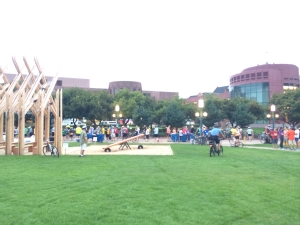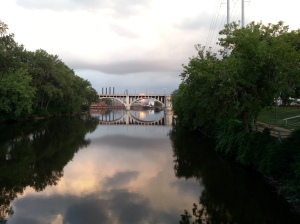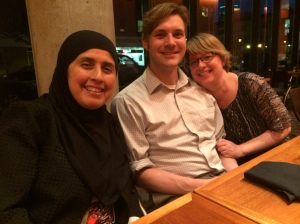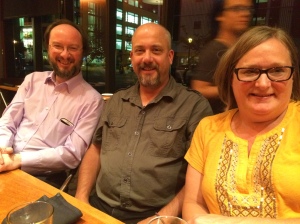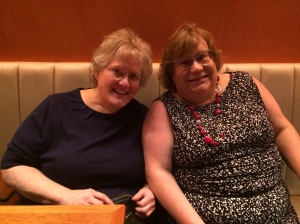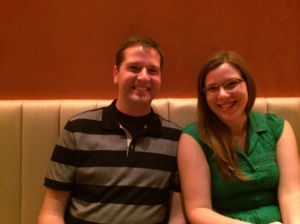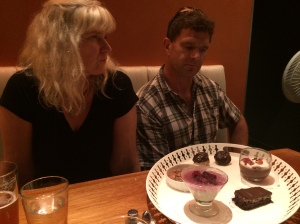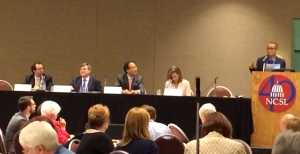 John T. Butler, Associate University Librarian for Data & Technology at the University of Minnesota, presented a seminar on the university’s involvement with two major scanning and digitization projects.
John T. Butler, Associate University Librarian for Data & Technology at the University of Minnesota, presented a seminar on the university’s involvement with two major scanning and digitization projects.
The first project involved the libraries of the Committee on Institutional Cooperation (CIC), a consortium of the Big Ten member universities plus the University of Chicago. It provided Google with access to the libraries’ collections for digitization of items. Volumes from the member libraries’ collections were removed and shipped off-site to a location where each page was scanned. Items were selected based upon “collections of distinction.” For example, the University of Minnesota contributions included both local and Scandinavian works. The scanned items included those both inside and outside of copyright protections. The contribution from CIC libraries resulted in digitizing about 10 million volumes, but some items were rejected by Google based on their odd size or because they contained inserts.
The second project is the HathiTrust Digital Library. HathiTrust is an international community of 90 research libraries committed to the long-term preservation and availability of the cultural record. The files containing digitized versions of the items scanned from the CIC project that lie outside copyright protections were returned to the member libraries and were loaded onto HathiTrust’s site. Other HathiTrust members have added digitized records, which are online and publicly available.
Throughout his talk, Mr.Butler discussed some of the considerations that had to be resolved such as the (1) scanning project contract, (2) procedures for reviewing the digital files and comparing the images with the hard copies, and (3) standards used in the scanning project. Other interesting points included (1) how CIC and the HathiTrust fostered library cooperation and try to ensure long term access to both the digital and print versions and (2) the procedures for identifying items whose status under the copyright law were not initially known or are now outside copyright protections.
Link to the PowerPoint presentation: http://www.ncsl.org/Documents/lrl/HathiTrust-Butler-Summit-2014.pdf


